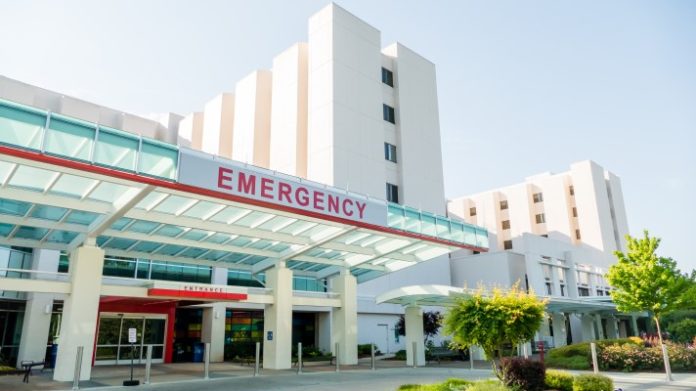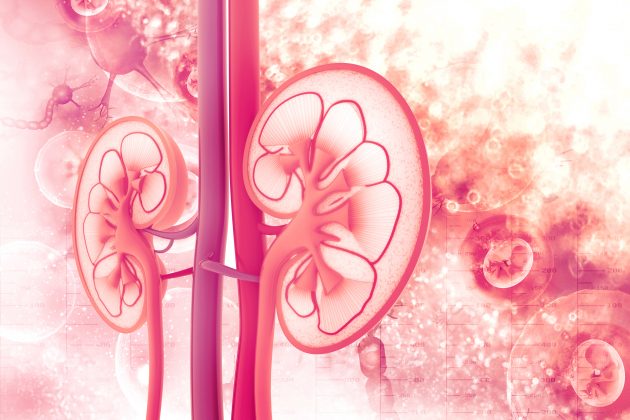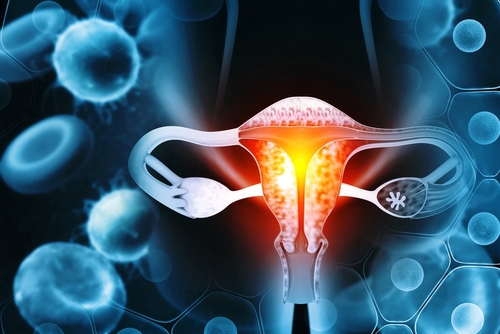Patients with end-stage renal disease (ESRD) require frequent hospitalization. Hospital admission via the emergency department (ED) can be time consuming and create the need for the patient to receive dialysis while still in the ED. At the virtual 2020 ANNA National Symposium, Jenna Freeman, MSW, of Patient Pathways, Denver, Colorado, and colleagues described a program aimed at reducing ED avoidable admissions in a session titled Avoiding Admissions and Dialysis Treatments in the Emergency Department.
The project began with the formation of a dedicated, multidisciplinary ED Avoidable Admissions Committee that included ED physicians, nephrologists, hospitalists, nursing and administrative staff, inpatient and outpatient administrators, and a dialysis-specific discharge planning group. The discharge planning group included a Patient Pathways care coordinator or case manager.
Avoidable reasons for ED admission of medically stable patients with ESRD include dialysis facility availability/delay issues, physician communication issues, patient or family refusal, nonadherence, and patient transportation issues. The committee defined a process aimed at a reduction in such admissions and dialysis treatments in the ED. The process also included an educational model for medical center clinicians.
Key steps in the process were ensuring the timely determination of medical necessity, coordination of transportation, and confirmation of availability of outpatient dialysis facility chair time. The program was implemented initially in a three-hospital system. Analysis of the number of patients receiving dialysis treatment in the ED found an 82% reduction over the four calendar quarters following program rollout.
“Implementation of a program to define and reduce avoidable admissions and unnecessary dialysis treatments in the ED resulted in a reduction in missed dialysis treatment in the outpatient setting, and improved ED throughput and cost savings to the hospital,” the authors said.
Source: Freeman J, Benton S, Simmons S. Avoiding admissions and dialysis treatments in the emergency department. Abstract of a presentation at the virtual 2020 American Nephrology Nurses Association National Symposium, August 29-31, 2020.
Credit: Original article published here.










